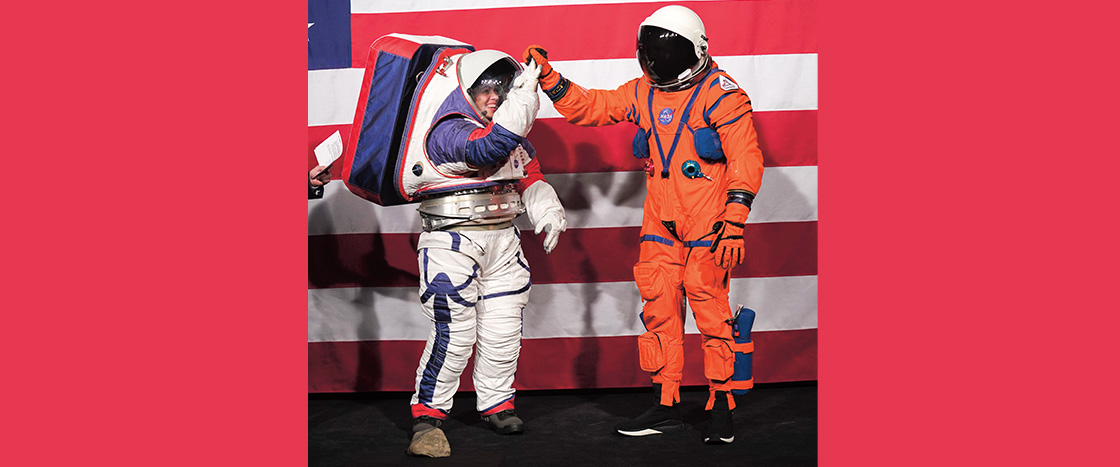Humans have been traveling into space for almost 60 years. The trips often lead to exciting discoveries. But working in a place with no breathable air, extreme temperatures, and high levels of radiation is dangerous!
In the harsh environment of space, astronauts must wear spacesuits to stay safe. NASA engineer Amy Ross is one of the people who create those special suits.
Humans have been traveling into space for almost 60 years. Scientists have learned many new things from these trips. But working in space is dangerous! Space has no air to breathe. The temperatures in space are extreme. There are also high levels of radiation in space.
Astronauts must wear spacesuits to stay safe. NASA engineer Amy Ross is one of the people who create those special suits.

